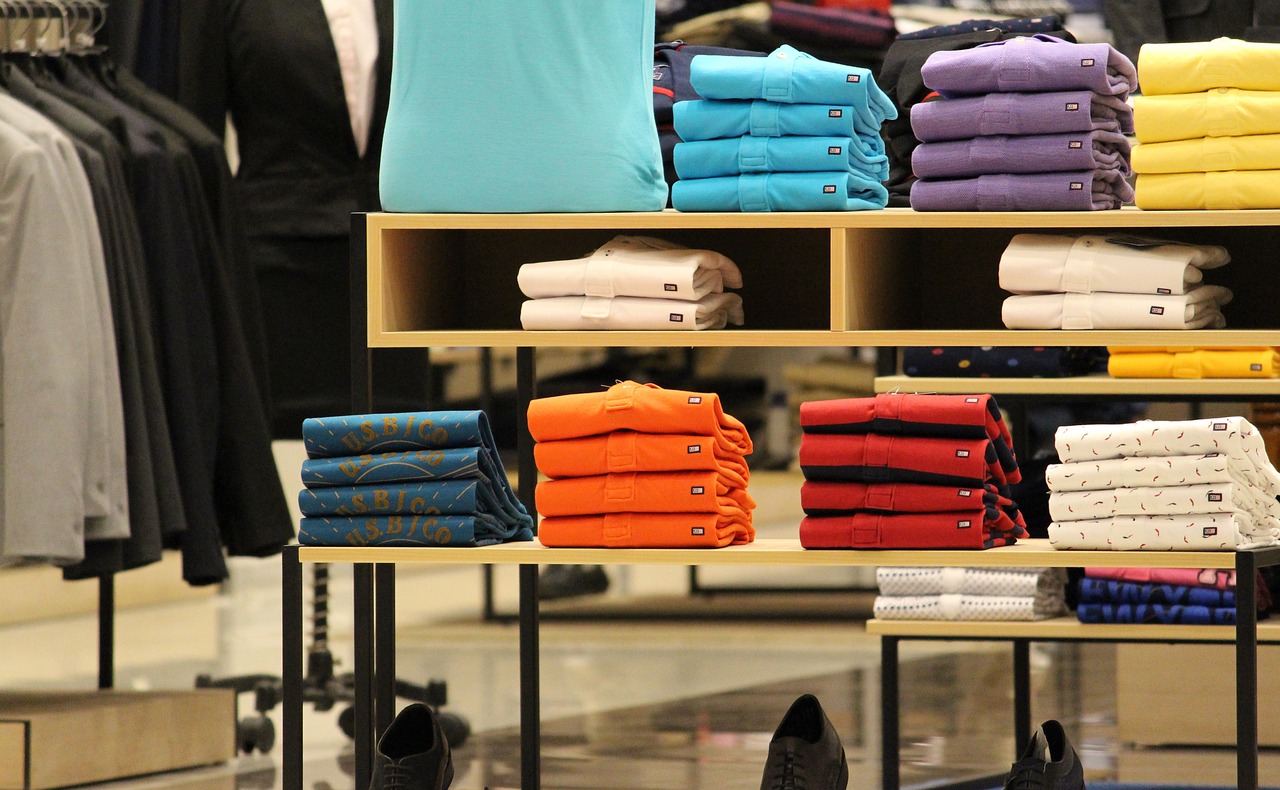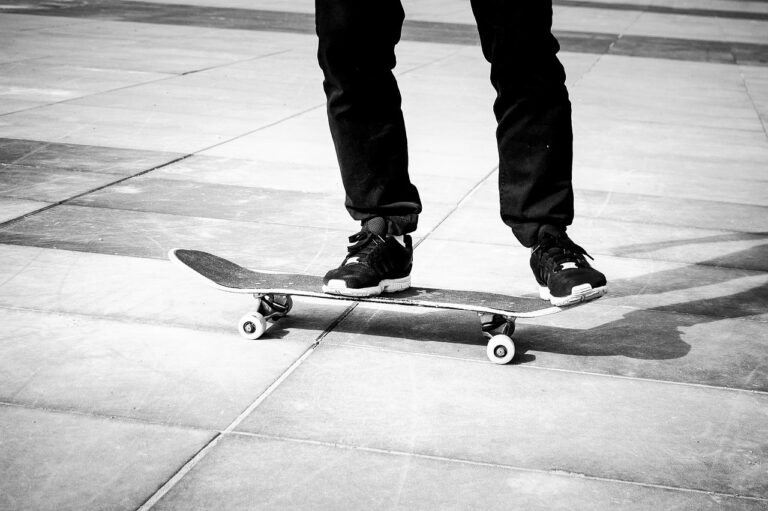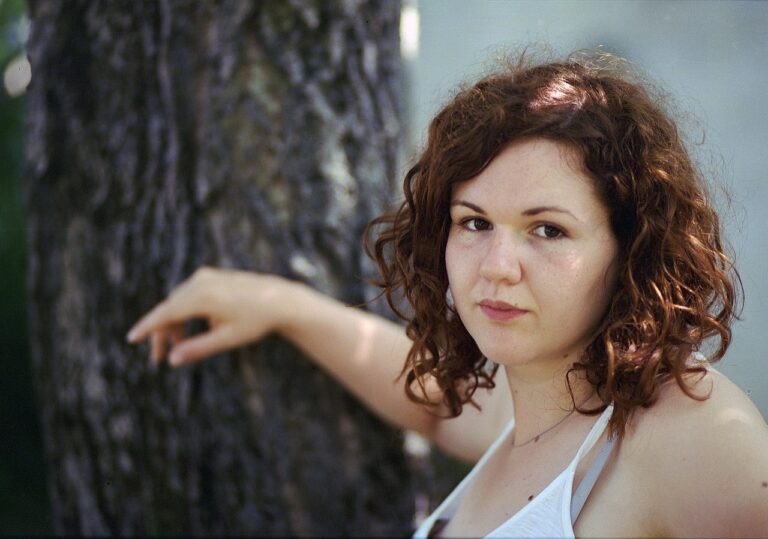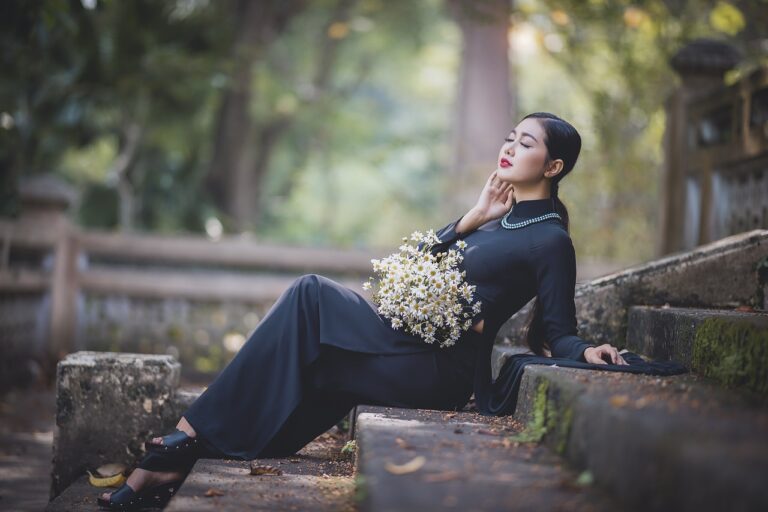Fashion in Film: Iconic Costumes and Their Impact on Pop Culture
In the realm of cinema, costumes serve as essential tools for defining characters and enhancing storytelling. From the opulent gowns of period dramas to the iconic superhero suits of comic book adaptations, the attire worn by characters often becomes just as memorable as the performances themselves. These meticulously crafted garments not only reflect the time period and setting of a film but also provide insight into the personality, motivations, and journey of each character. A prime example of this is the sleek black leather attire donned by Trinity in “The Matrix,” symbolizing her agility, strength, and determination in the face of adversity.
Furthermore, costumes play a crucial role in establishing the visual identity of characters, helping audiences distinguish between protagonists, antagonists, and supporting roles at a glance. Whether it’s the elegant ball gowns of Disney princesses or the rugged cowboy attire of legendary outlaws, these iconic outfits become synonymous with the characters they adorn, leaving a lasting impression on viewers long after the credits roll. In essence, costumes not only clothe characters but also shape their narratives, enhancing the audience’s understanding and connection to the story being told.
The Influence of Fashion Designers in Film
Fashion designers have long played a significant role in shaping the visual identities of characters in films. Their keen eye for style and attention to detail add depth and authenticity to the on-screen personas we come to know and love. By collaborating with costume designers and directors, fashion designers bring a unique perspective that elevates the storytelling experience.
The impact of fashion designers in film extends beyond just creating beautiful costumes. Their expertise in trends and historical aesthetics helps to transport viewers to different eras and worlds, enhancing the overall cinematic experience. Through their creative vision and innovative designs, fashion designers contribute to the visual narrative of a film, making characters more memorable and the story more immersive.
Cultural Significance of Iconic Film Costumes
The cultural significance of iconic film costumes transcends mere attire on screen. These meticulously crafted garments often hold a mirror to society, reflecting prevailing fashion trends, socio-economic dynamics, and even political climates of their respective eras. From the grandeur of Elizabeth Taylor’s costumes in “Cleopatra” to the punk rock aesthetic of Margot Robbie’s ensembles in “Suicide Squad,” these costumes not only enhance the narrative but also serve as visual markers of their time.
Furthermore, iconic film costumes have the power to shape popular culture, influencing fashion trends and inspiring countless reinterpretations and tributes. Whether it’s Audrey Hepburn’s little black dress in “Breakfast at Tiffany’s” or Marilyn Monroe’s white dress in “The Seven Year Itch,” these ensembles have become synonymous with glamour and timeless elegance. Their enduring appeal continues to captivate audiences and fashion enthusiasts, cementing their status as cultural touchstones that stand the test of time.
• Iconic film costumes reflect prevailing fashion trends, socio-economic dynamics, and political climates of their eras
• Elizabeth Taylor’s costumes in “Cleopatra” showcase grandeur and opulence
• Margot Robbie’s ensembles in “Suicide Squad” represent a punk rock aesthetic
• Film costumes not only enhance the narrative but also serve as visual markers of their time
Furthermore, iconic film costumes have the power to shape popular culture by influencing fashion trends and inspiring countless reinterpretations and tributes. For example:
• Audrey Hepburn’s little black dress in “Breakfast at Tiffany’s”
• Marilyn Monroe’s white dress in “The Seven Year Itch”
These ensembles have become synonymous with glamour and timeless elegance, captivating audiences and fashion enthusiasts alike. Their enduring appeal cements their status as cultural touchstones that stand the test of time.
What makes film costumes iconic?
Film costumes become iconic when they are able to define and enhance a character, adding depth and personality to the role.
How do fashion designers influence film costumes?
Fashion designers bring their expertise and creative vision to film costumes, shaping the overall look and feel of the characters on screen.
Why are iconic film costumes culturally significant?
Iconic film costumes can become cultural touchstones, influencing fashion trends, inspiring Halloween costumes, and even becoming symbols of a particular era or genre.







